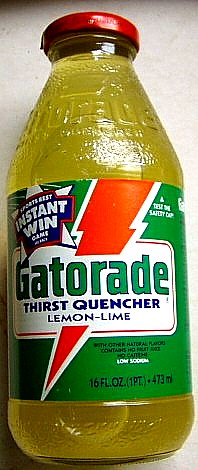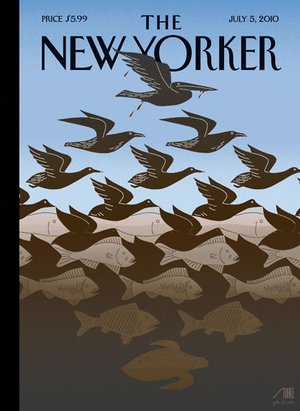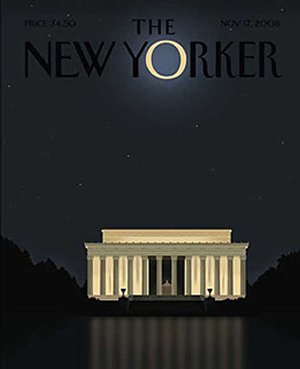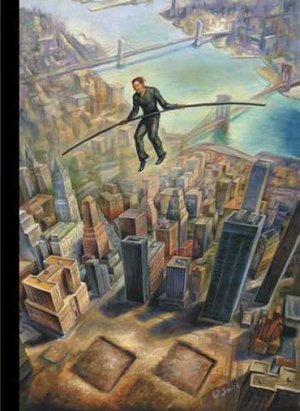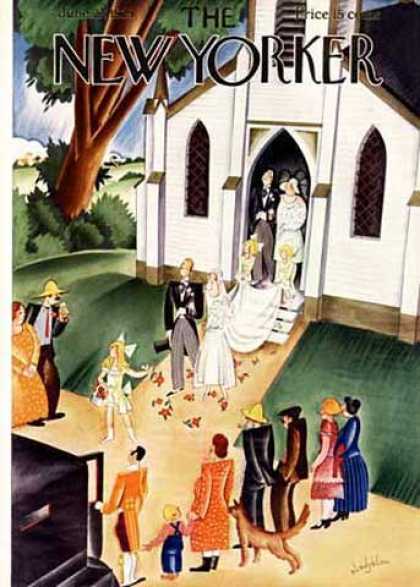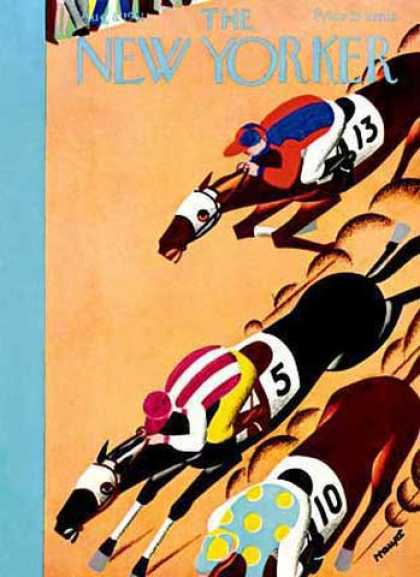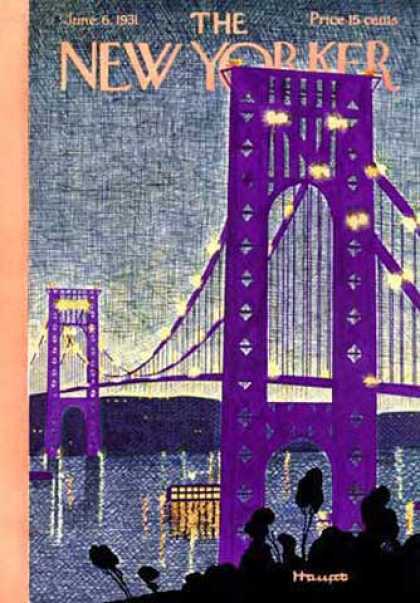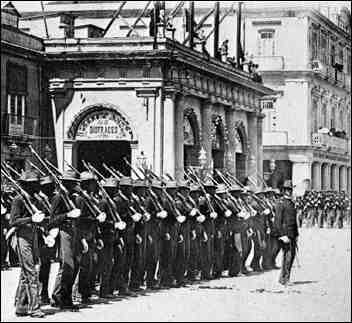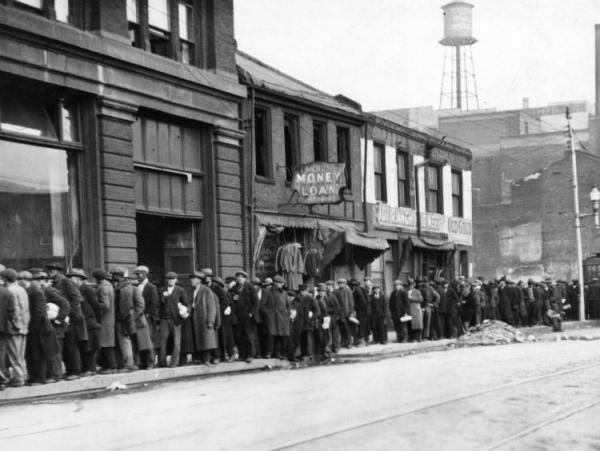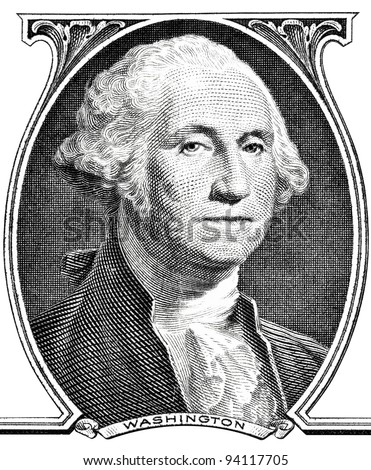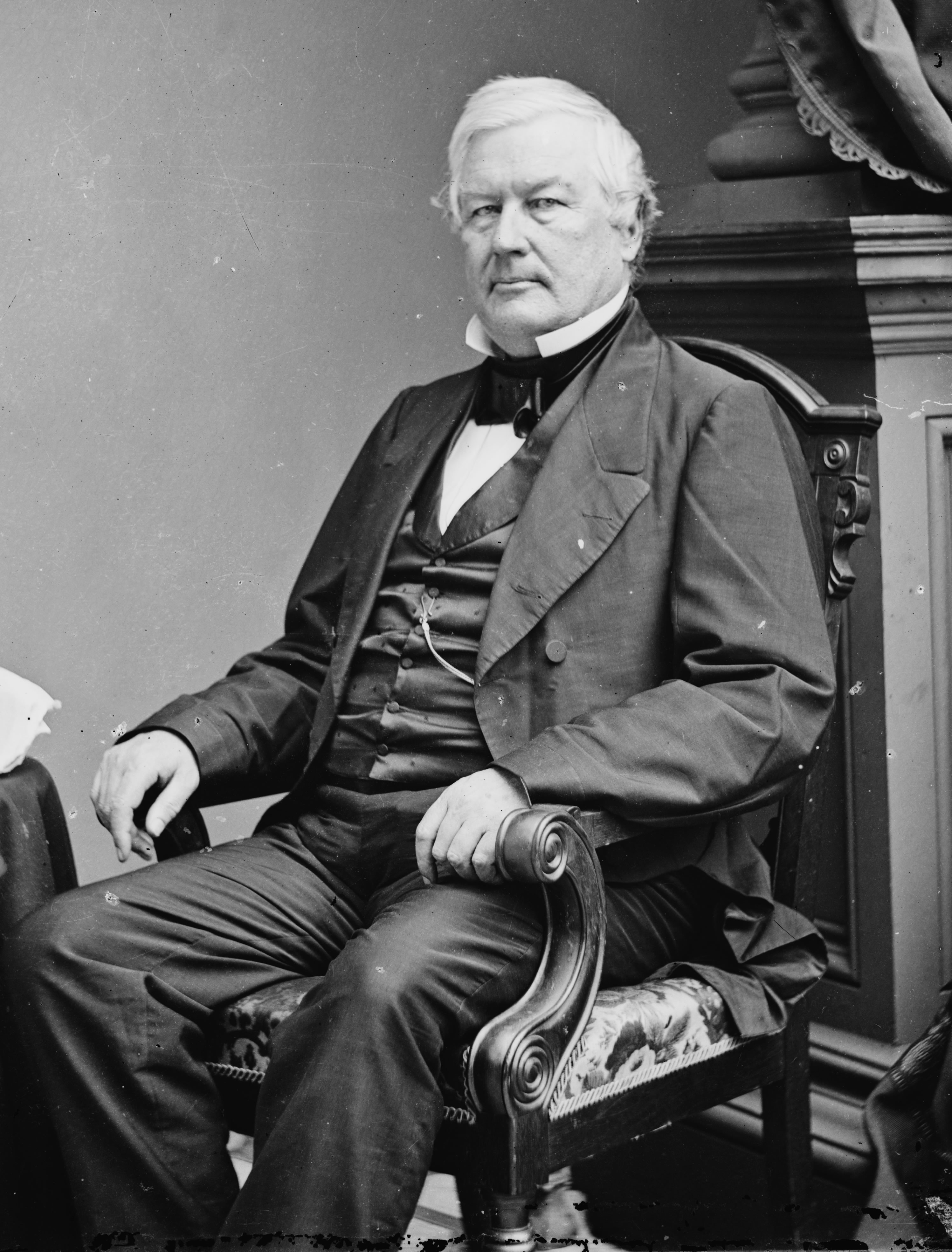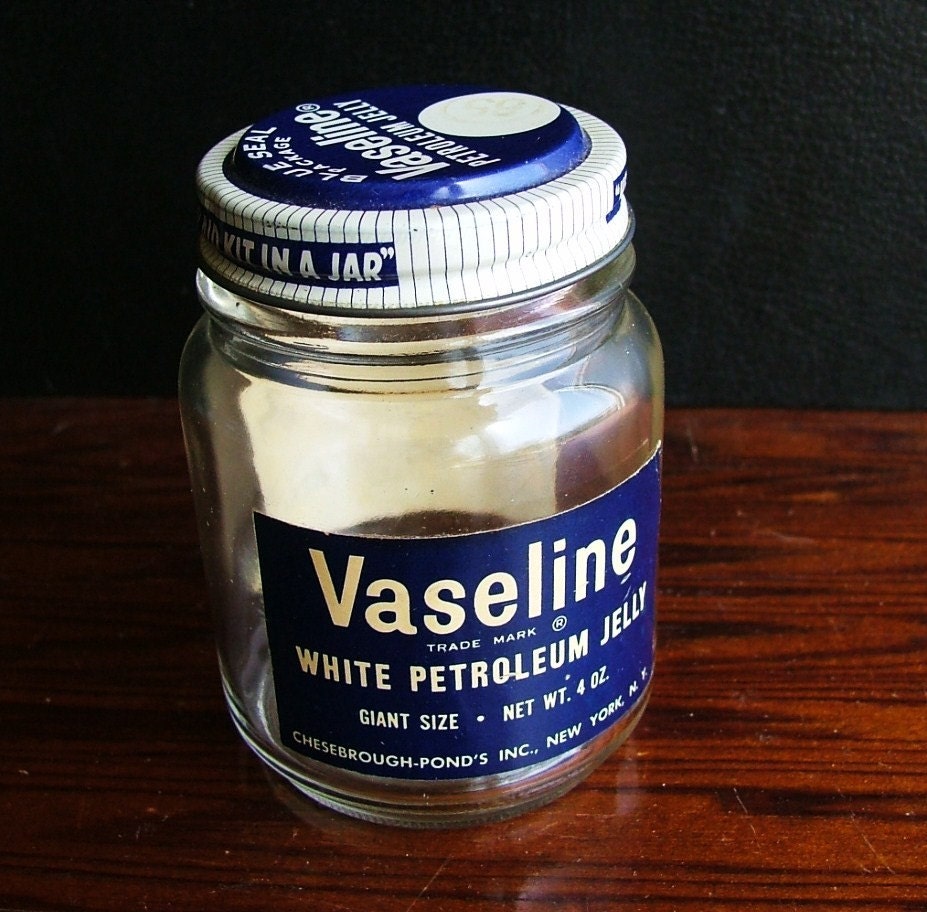1. "Core Pone Opinions" by Mark Twain, 1901.
This essay voices the opinions of Mark Twain's childhood friend who was also a slave.
2. ""Coatesville", by John Jay Chapman, 1912.
This essay is an address that was delivered on the one year anniversary of the lynching of a black man for a white man's murder in Pennsylvania.
3. "How it Feels to be Colored Me", by Zora Neal Hurston, 1928.
Hurston's reflections on living in the United States under Jim Crow laws.
4. "The Ethics of Living Jim Crow", by Richard Wright, 1930.
A black American authors reflections on living in segregated America. As a child, he longed to read, but his mother could not afford to buy him books. Being black, he was denied a library card. Later, he worked for a white man who let him borrow books using his card.
5. "Harlan: Working under the Gun", John Dos Passos", 1931.
This essay is based on the coal miners' struggles in the United States.
6. "School for Bums", by Mary Heaton Vorse, 1931.
This essay tells the plight of the unemployed in New York City.
7. "The Old Stone House" by Edmund Wilson, 1933.
Mr. Wilson describes his upstate New York house.
8. "Dubious Battle in California", by John Steinbeck, 1936.
Author Steinbeck portrays the life of apple orchards workers during the Great Depression. This essay was later turned into a book called In Dubious Battle.
9. "Letter from Birmingham Jail", by Martin Luther King Jr., 1963.
The Black Civil Rights' advocates' letter to fellow preachers from jail.
10. "Way to Rainy Mountain", by N. Scott Monaday, 1969.
Traces the tale of the Pueblo Indians displacement to Rainy Mountain, Oklahoma.






_02.jpg)






